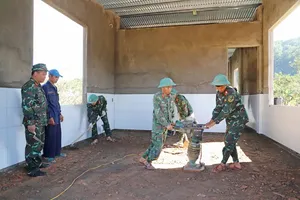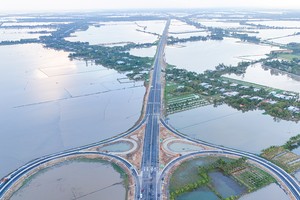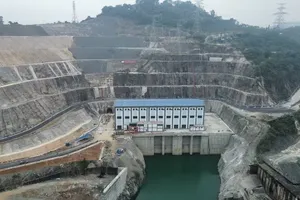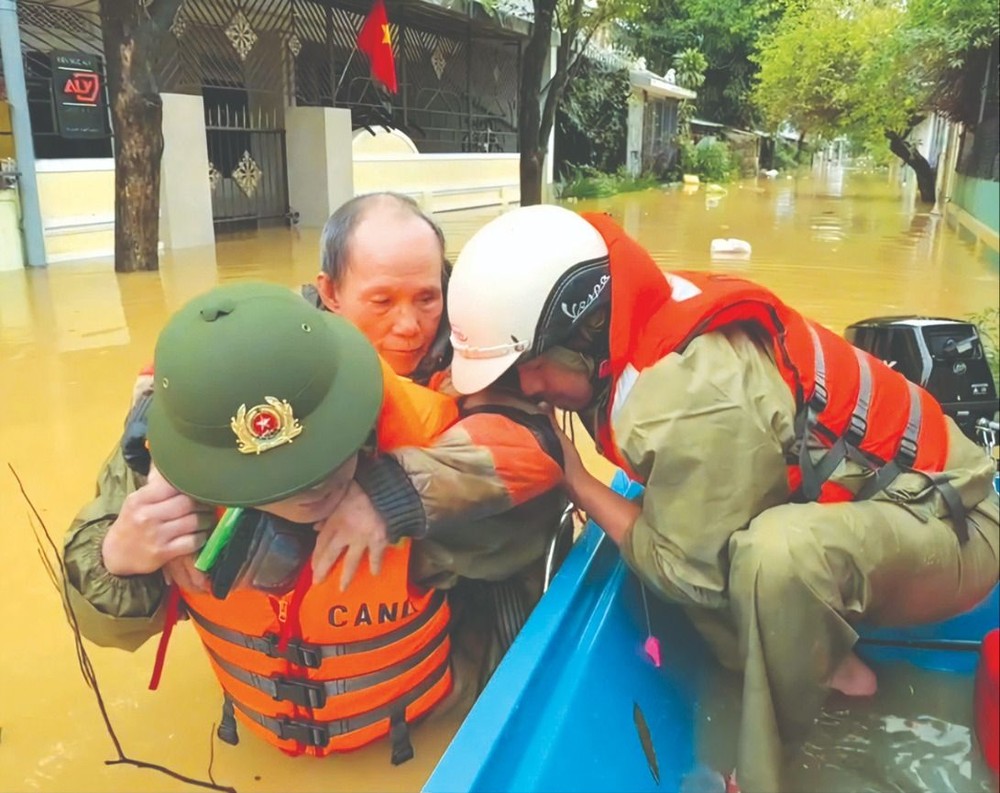
Saturated hills and mountains have heightened the risk of catastrophic landslides, prompting urgent evacuations and emergency measures across the region.
Floods upon floods
From the night of November 2 to the early hours of November 3, rivers in Da Nang and Hue surged beyond alarm level 3, inundating villages and urban areas. In Hoi An (Da Nang City), the Hoai River swelled once more, submerging streets and forcing residents to quickly move belongings and escort tourists to safe shelters. This marked the second emergency evacuation in the town within a week.
In the mountainous commune of Tay Giang, five consecutive days and nights of torrential rain triggered severe landslides, destroying roads, power lines, and telecommunications infrastructure, and isolating communities. Tay Giang Commune Party Secretary Bling Mia appealed for urgent assistance to reopen routes, supply fuel and food, use vacant government offices as evacuation shelters, and stockpile emergency goods. Tra Leng Commune leaders similarly requested specialized boats and generators to operate in areas cut off by floods.
In A Vuong Commune, landslides have severed key routes, leaving residents isolated. Chairman Briu Quan reported critical shortages of rice and fuel, prompting an urgent request for 54 tons of rice and satellite communication equipment. Thu Bon Commune remains completely cut off, complicating emergency response, as both main routes to neighboring communes are flooded. Officials are establishing a forward command post in Dai Loc to coordinate relief operations.
By the afternoon of November 3, Hue reported approximately 28,000 homes submerged in 32 of 40 communes and wards, while major roads sustained heavy damage. Residents, still cleaning mud from previous floods, braced for new inundations. “The previous floods haven’t even dried, the mud just cleaned, and now another round arrives. We’re completely exhausted,” said Nguyen Khang of Vy Da Ward.
Hue City Military Command deployed officers and soldiers to evacuate hundreds of residents, prioritizing the elderly and children in low-lying areas along the Bo River. Specialized police units rescued an injured, elderly resident and ten others from flood-stricken homes.
Infrastructure under siege
Highland communes in Da Nang reported widespread “flowing mountains and collapsing soil” phenomena, threatening lives and infrastructure. At Ngoc Linh Ethnic Boarding Primary School (Tra Linh Commune), structural damage included cracked walls, sunken floors, and collapsed fences. Teachers and parents relocated students and school materials across a 3-kilometer landslide zone to the commune cultural center. Thirty-four first- and second-grade students were transferred to the main school in Village 2, where additional classes and boarding facilities were set up.
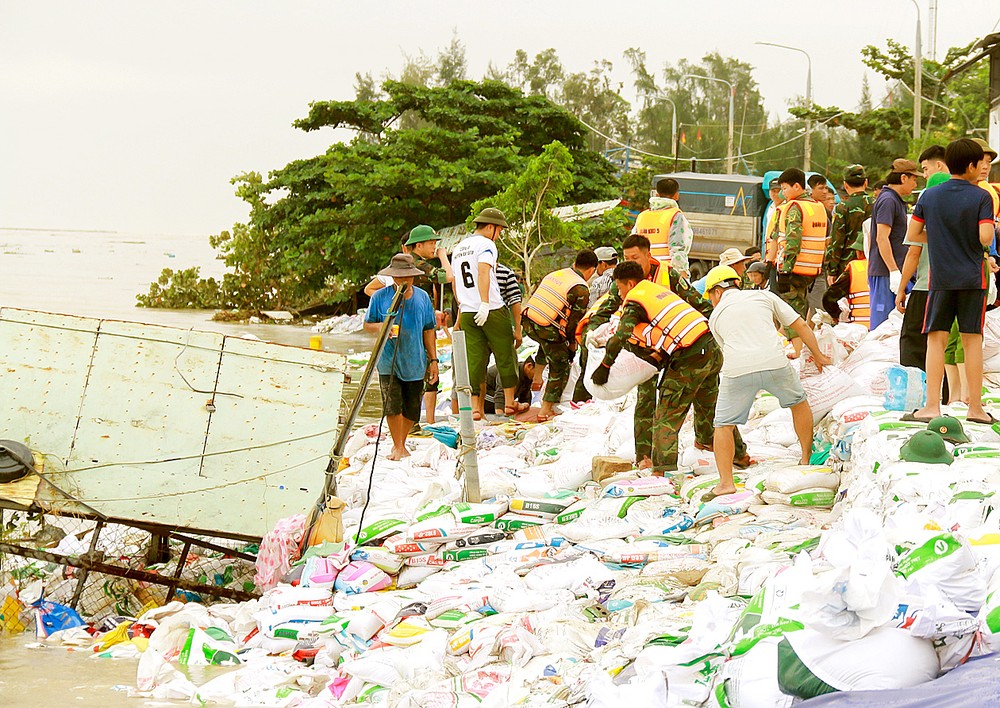
In urban Da Nang, a sudden 4-meter deep sinkhole appeared on Nam Ky Khoi Nghia Street in Ngu Hanh Son Ward. Authorities immediately cordoned off the area, set warning signs, and redirected traffic. Da Nang Construction Department Director Nguyen Ha Nam confirmed the city had declared an emergency to repair critical infrastructure. Seven national highways and 20 provincial roads suffered landslides, with QL14G, DT606, and QL40B hardest hit. Temporary lanes were opened for residents and rescue operations, with VND6.6 billion allocated for immediate repairs. Total damages are estimated at VND190 billion, and an additional VND80–100 billion is proposed for long-term reinforcement and reconstruction.
In Ha Tinh Province, heavy rains triggered landslides from Mount Ru Rac in Cam Trung Commune, affecting two hectares of farmland and damaging structures, though no casualties were reported.
Students return to school amid adversity
In Nam Tra My Commune (Da Nang), teachers from Kim Dong Primary School waded through mud and navigated landslides to safely escort students from remote hamlets. Parents in distant areas walked children nearly half an hour to pick-up points, after which teachers transported them by motorbike. Approximately 80 percent of students have returned to classes. The school has five campuses with 23 classes and 645 students, adjusting schedules to ensure continuity despite ongoing traffic disruptions and impending typhoon No.13.
Da Nang City allocated VND210 billion to support 72 communes and wards in disaster recovery and to help residents stabilize their lives on November 3.
In Hue, local universities and businesses mobilized aid. Hue University of Economics provided financial support to students, lecturers, and staff totaling over VND1.1 billion, while Hue University of Foreign Languages distributed VND200,000 per student. Hue City also received VND500 million from Vietnam Maritime Corporation and VND200 million, 10,000 aid packages, and 10 tons of rice from Bitexco Group to support flood relief.



